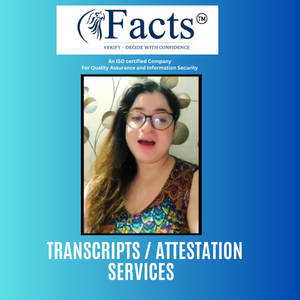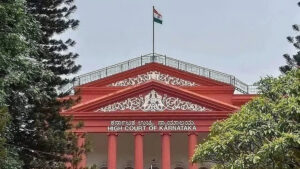As technology continues to advance, concerns about academic integrity and plagiarism detection have become increasingly prevalent in higher education. Recently, universities have expressed skepticism about the effectiveness of a new tool designed to detect AI-powered plagiarism. Here’s a closer look at the concerns and considerations surrounding this issue:
1. Complex Nature of AI-Powered Plagiarism: AI-powered plagiarism detection tools utilize sophisticated algorithms and machine learning techniques to analyze written content and identify instances of plagiarism. However, the complex nature of AI-powered plagiarism presents challenges for detection and verification, as algorithms may struggle to differentiate between legitimate research and instances of unintentional plagiarism.
2. Limitations of Current Detection Methods: While traditional plagiarism detection tools have been effective in identifying verbatim copying and direct paraphrasing, they may be less adept at detecting more subtle forms of plagiarism, such as mosaic plagiarism or unauthorized collaboration. AI-powered plagiarism detection tools aim to address these limitations by offering more advanced analysis and detection capabilities.
3. Concerns About Accuracy and Reliability: Universities have expressed concerns about the accuracy and reliability of AI-powered plagiarism detection tools, particularly in cases where algorithms may produce false positives or fail to recognize legitimate sources. As a result, there is a need for further validation and testing to assess the effectiveness of these tools in real-world academic settings.
4. Importance of Human Oversight and Review: While AI-powered plagiarism detection tools can provide valuable insights and assistance in identifying potential cases of plagiarism, they should not replace the need for human oversight and review. Ultimately, it is up to educators and academic institutions to conduct thorough assessments and investigations to determine the validity and authenticity of student work.
5. Collaboration and Transparency in Development: To address concerns and improve the effectiveness of AI-powered plagiarism detection tools, collaboration and transparency among developers, educators, and academic institutions are essential. By working together to refine algorithms, establish best practices, and enhance detection capabilities, stakeholders can develop more reliable and accurate tools to support academic integrity efforts.
Sponsored
FACTS Transcripts
Apply for a University document anywhere
https://www.factstranscript.com
Quick Transcripts for popular Universities, check your University name now and get started. We help you to get your transcript application online which is accepted for use of IRCC.
No DD, NO Paperwork. 100% Authentic, Reliable.
FACTS Transcripts Charges · Reviews · Assam Universities · Home · Know your University









